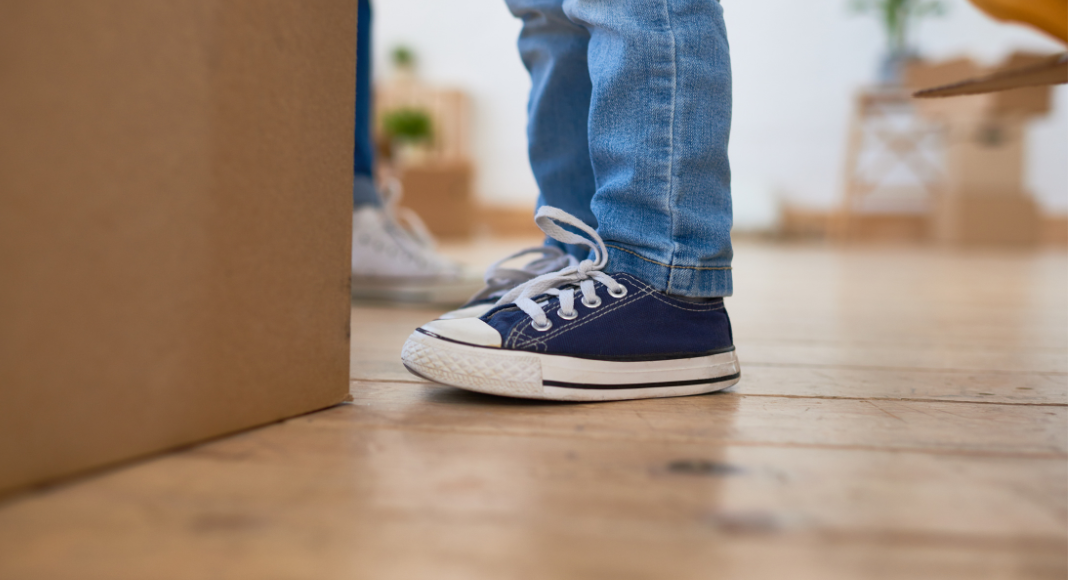 Feet are a super complex part of our bodies. Each one has 26 bones along with ligaments and muscles that hold them together. Children are active and log a lot of miles on their little feet so we need to support them – literally! There are great options for any budget when you are looking for the right things in a shoe.
Feet are a super complex part of our bodies. Each one has 26 bones along with ligaments and muscles that hold them together. Children are active and log a lot of miles on their little feet so we need to support them – literally! There are great options for any budget when you are looking for the right things in a shoe.
These tips are brought to you by our partners at East Tennessee Children’s Hospital, Danielle Proctor, PT, DPT Lead Physical Therapist.
- Function: Consider your child’s age and need for shoes. Babies and toddlers are encouraged to walk barefoot indoors. When shoes are needed for protection walking outside the home, chose a flexible, lightweight pair for your new walker that allows typical development of walking pattern. Older children can benefit from more structure through the middle of the shoe.
- Fit: It is tempting to buy big, but this can alter balance or cause tripping for already unsteady walkers. On the other side, don’t put off buying as small shoes may hinder foot development. Check your child’s shoes frequently to ensure fit; new shoes may be needed every 3-4 months for toddlers. Have your child stand or walk when trying on shoes.
- Form:
- Wide toe box: The front area where your child’s toes rest should be round (like a circle), avoid shoes that are narrow in front (oval or triangle shaped). Their feet should be able to spread out as they stand and walk.
- Firm but flexible heel cup: The area that holds your child’s heel provides the stability of the shoe. We want this to support but not restrict movement at the ankle. If you are buying high tops or boots, ensure they are flexible enough that they do not alter your child’s walking pattern.
- Adjustable: Feet come in all shapes and sizes! Velcro straps allow for easy adjustment and encourage independence.


















